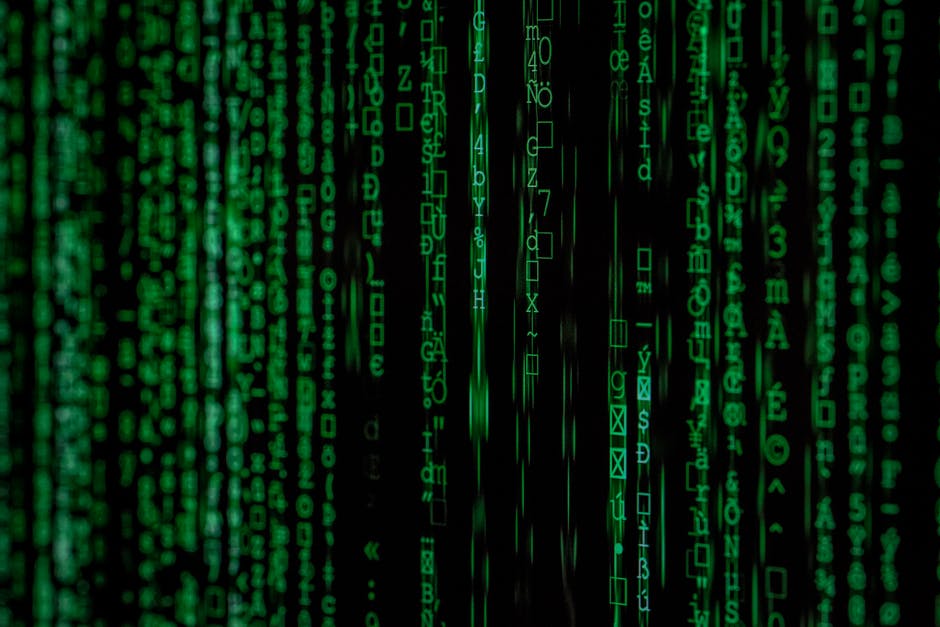
VDR 101: Everything You Need to Know About Virtual Data Rooms
Have you heard of virtual data rooms? Also known as VDRs, these digital storage facilities are the logical next step in a paperless society. VDRs are a solution to the need for shared access to sensitive documents. They allow different groups and businesses to secure access through a sophisticated framework.
But how are they different than other content management systems? And do they really offer the security necessary to host highly-confidential materials?
Keep reading to learn all you need to know about virtual data rooms.
What is VDR?
The connected world is increasingly moving toward a digital-based, immediately-accessible information exchange. From emails to teleconferencing, anything that can be conducted online is.
Virtual data rooms are an extension of this. There are many reasons businesses need to access sensitive data to work together.
Before, this would involve a secured, physical location. Only those with proper clearance could access all the relevant materials. That way, each party had access to the information they needed while limiting any breaches or leaks.
The drawback, of course, is that the need to get host a secure, third-party location required a lot of resources. There were budgetary demands, to say nothing of time and travel constraints.
VDRs take this concept and apply it to the digital world. They’re, as the name suggests, virtual locations that can host data while maintaining a high level of security.
How Do VDRs Work?
When businesses agree to work together, they go through a dataroom provider list and agree on one. They submit they’re lists of who has security clearance and can then begin uploading their data.
Authorized employees can then access the materials they need. This also keeping any conversations or questions within the VDR. Having all relevant dialogue within a single secure site has two benefits. It helps reduce redundancies while keeping everyone informed.
Tiered access can also be built into this model. This means that individuals can have access only to the materials they need, locking them out of data they’re not authorized for.
How Secure are They?
Absolute security can never be guaranteed. Anytime information is shared, there’s a chance that a breach can take place. It only takes one careless person to compromise a secure system.
To help mitigate any damage, VDRs incorporate many solutions to minimize leaks. All data can be watermarked, and every interaction can be monitored and logged.
This means that if there is a leak of any kind, the administrators can track down the responsible party. This places a higher burden of responsibility on the users.
Final Thoughts
Being able to offer a virtual space accessible worldwide has obvious benefits. That means that geography doesn’t have to be an obstacle between working agreements.
As well, the levels of security available with a VDR helps to limit any chance of a data breach. Being able to audit every instance and interaction means that any leak can be traced back to the person responsible.
Finally, having all relevant conversation housed in one virtual location means that all parties can stay up to date on any concerns or changes that occur. This limits the chance that one party falls behind due to old information.
For more articles like this one, visit our blog.
